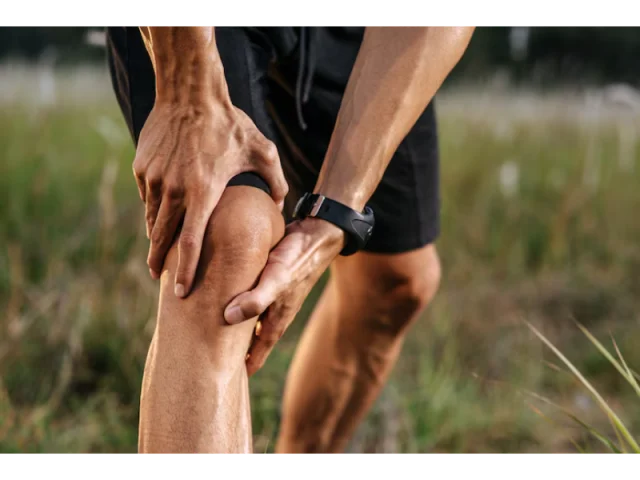Muscle strain has become one of the most common consequences of the active lifestyle brought on by modern life. The increasing interest in sports activities contributes to muscle injuries. The rise in physically demanding jobs also creates a foundation for such injuries.
Incorrect movements performed unconsciously in daily life or excessive physical exertion can lead to microscopic tears in muscle fibers. These can result in painful conditions and restricted mobility.
In this article, we will comprehensively explain what muscle strain is. We will also examine the symptoms, diagnostic methods, treatment approaches, and recovery processes in detail. Because individuals who act with accurate information can take more conscious steps. This accelerates the healing process. It also ensures a more comfortable treatment experience and helps prevent similar injuries in the future.
Table of Contents
- What Is a Muscle Strain?
- Symptoms of Muscle Strain
- How Long Does It Take for a Muscle Strain to Heal?
- Symptoms of Shoulder Muscle Strain
- How to Treat a Muscle Strain
- Things to Watch Out for in Muscle Strains
- Frequently Asked Questions
- Conclusion
What Is a Muscle Strain?
A muscle strain is a type of tissue damage that occurs when muscle fibers are overstretched, excessively strained, or torn.
Muscles are naturally flexible and resistant to many types of stress. However, when certain limits are exceeded, microscopic tears or more severe tissue injuries can develop within the muscle fibers.
Muscle strains can vary in severity, ranging clinically from mild overstretching to severe tears. Therefore, the intensity of pain and movement limitation can differ from case to case. Treatment planning is based on the severity of the injury.
At this point, early diagnosis and appropriate intervention play a critical role. They help shorten the healing process and prevent more serious complications from developing.
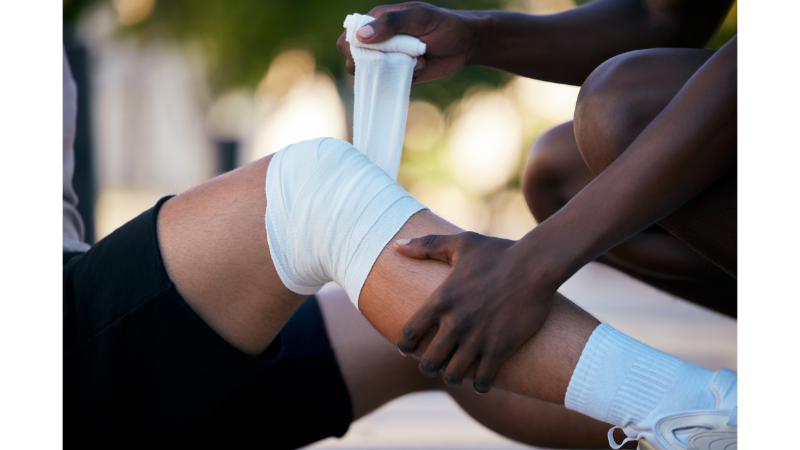
Symptoms of Muscle Strain
A muscle strain is a type of tissue damage that occurs when muscle fibers are overstretched, excessively strained, or torn. It is commonly caused by intense physical activities or sudden uncontrolled movements. Falling onto a hard surface or receiving a direct blow to a muscle area can also lead to muscle strain.
Muscles are naturally flexible and resistant to many types of stress. However, when certain limits are exceeded, microscopic tears or more severe tissue injuries can develop within the muscle fibers.
Muscle strains can vary in severity, ranging clinically from mild overstretching to severe tears. Therefore, the intensity of pain and movement limitation can differ from case to case. Treatment planning is based on the severity of the injury.
At this point, early diagnosis and appropriate intervention play a critical role. They help shorten the healing process and prevent more serious complications from developing.
How Long Does It Take for a Muscle Strain to Heal?
The healing time for muscle strains can vary depending on the severity of the injury, the individual’s overall health, and the treatment method applied. Mild muscle strains usually recover in a short time. However, more serious tears may require a longer healing process.
For this reason, accurate diagnosis and a personalized treatment plan are essential.
Mild strains or overstretching of muscles often heal on their own within a few days. However, if pain persists or swelling increases, it is important to consult a medical professional.
Severe muscle tears require not only rest but also physical therapy and a rehabilitation process to manage the condition effectively.
Healing times are generally classified as follows:
- Grade 1 strain (mild overstretching): Typically heals within 3–7 days. Pain is usually mild and daily activities are mostly unaffected.
- Grade 2 strain (partial tear): May require approximately 2–3 weeks of rest, ice applications, and supportive exercises. Muscle function is partially impaired.
- Grade 3 strain (complete tear): Healing usually takes 1–2 months. In some cases, surgical intervention is necessary. Post-surgical rehabilitation can further extend the recovery period.
Symptoms of Shoulder Muscle Strain
The shoulder is one of the joints in the body with the widest range of motion. This feature allows us to perform many daily functions with ease. However, it is also a structurally complex and sensitive area. This makes the shoulder more prone to muscle strains.
Shoulder muscle injuries are especially common among individuals with active lifestyles. They are also frequent in people whose professions involve repetitive arm movements.
Muscle damage in the shoulder area can make even basic movements such as lifting, reaching, or rotating the arm outward difficult to perform. Such injuries can directly affect overall quality of life. Along with pain and restricted movement, individuals may also experience sleep disturbances.
Common symptoms of shoulder muscle strain include:
- Pain during lifting, reaching, or rotating movements: A sharp pain is often felt when raising the arm or reaching backward. This pain may become chronic over time.
- Stiffness in the upper part of the shoulder: Due to swelling or muscle spasms, the range of motion in the shoulder becomes limited. The muscle tissue may feel tense and stiff.
- Popping or cracking sounds during movement: Damage to the muscles and tendons around the shoulder can cause popping or clicking sounds when moving the joint.
- Increased pain at night and sleep disturbances: Pain may intensify when pressure is placed on the shoulder while lying down. This can interrupt sleep and prevent proper rest.
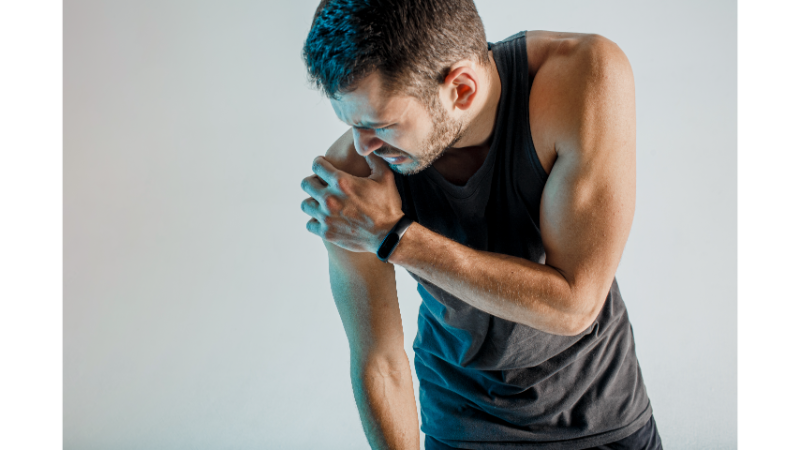
How to Treat a Muscle Strain
The treatment process for a muscle strain is planned based on the severity of the injury, the affected area, and the individual’s overall health condition. Each person has a different healing capacity. Therefore, treatment approaches should be personalized.
Conservative methods are usually sufficient for mild strains. However, more advanced treatment options may be necessary in cases of severe tears.
In general, the steps to follow in the treatment of muscle strain are as follows:
- First 72 hours: This stage is extremely critical. The RICE protocol should be applied, which includes rest, ice application, compression bandaging, and elevation (keeping the injured area above heart level). This method helps control swelling and pain.
- Pain relievers and anti-inflammatory medications: These drugs, used under medical supervision, help reduce swelling and pain. They also improve the patient’s comfort and increase adherence to treatment.
- Physical therapy: This begins after the acute phase has passed. Customized exercise programs are applied to restore flexibility, balance, and muscle strength. Exercises guided by a physiotherapist support the recovery of muscle function.
- Ultrasound, PRP, or other advanced therapies: Modern medical technologies are used to accelerate tissue healing. PRP (platelet-rich plasma) treatment involves injecting enriched plasma derived from the patient’s own blood into the injured tissue.
- Surgical intervention: This is typically considered a last resort in cases of full-thickness tears where conservative treatment fails. The post-surgical rehabilitation process is long. However, with proper implementation, muscle function can be largely restored.
Things to Watch Out for in Muscle Strains
Individuals experiencing a muscle strain must follow certain key guidelines to accelerate the healing process and reduce the risk of re injury. Ignoring these precautions may not only worsen the existing damage. It can also lead to the development of new injuries. This is especially important for those who regularly engage in sports or physically demanding activities.
Here are the main points to pay attention to:
- Do not resume exercise before the pain subsides: Exercising before the muscle is fully healed can cause further damage to the injured area. This not only weakens the muscle structure. It also prolongs the recovery process.
- Never skip warm-up and cool-down exercises: Placing stress on muscles without proper warm-up significantly increases the risk of strain. Similarly, skipping cool down exercises and transitioning abruptly to rest can cause muscles to tighten and become stiff.
- Train with resistance appropriate for the muscle group: Lifting excessive weights or training beyond one’s capacity may lead to muscle fiber tears. For this reason, workout programs should be planned according to an individual’s fitness level.
- Avoid repetitive movements: Repetitive activities that continually strain the same area create chronic stress on the muscles. Over time, this can lead to muscle fatigue and microtraumas. Varying training routines helps reduce such risks.
- Stay hydrated and maintain a healthy diet: Muscle repair and regeneration are closely related to the body’s overall health. Drinking sufficient water aids in toxin elimination and helps muscles function more efficiently. A protein rich and balanced diet also supports the healing process.
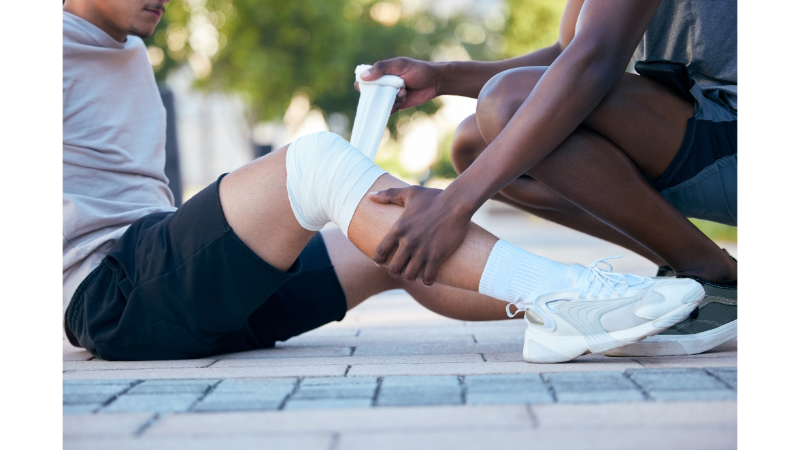
Frequently Asked Questions
How can muscle strain be prevented during exercise?
It is important to perform proper warm-up and cool-down exercises. Training with appropriate resistance for the muscle group is important. Using correct techniques can significantly reduce the risk of muscle strain.
When should I see a doctor for a muscle strain?
If pain lasts longer than 48 hours, you should consult an orthopedic specialist. Also seek medical advice if movement becomes restricted, swelling increases, or bruising is observed.
What first aid can be applied at home?
The RICE protocol (Rest, Ice, Compression, Elevation) should be applied within the first 72 hours. This helps reduce swelling and pain.
When does physical therapy begin?
Physical therapy usually starts after the acute pain phase has passed, once swelling and pain have subsided. The treatment process should be tailored to the individual.
Can I return to sports after a muscle strain?
Yes, but returning to sports before full recovery can lead to reinjury. Always get approval from your doctor and follow strengthening exercises recommended by a physiotherapist.
Should ice or heat be applied for a muscle strain?
Ice should be applied during the first 72 hours. After this period, once swelling decreases, heat may be used to help relax the muscles.
Do muscle strains occur in children?
Yes, especially in active children, muscle strains can occur due to falls or sudden movements. These complaints should be taken seriously and not ignored.
Is muscle strain the same as a muscle tear?
No. Muscle strain is a broader term. A muscle tear, especially a fiber rupture, is a more advanced condition. Surgery is often required in cases of fiber rupture.
Conclusion
Muscle strain is a common health issue encountered in daily life, yet it is often underestimated. When not managed properly, it can lead to serious consequences. It may restrict mobility and significantly lower the quality of life. Such injuries do not only affect professional athletes. They can also impact anyone who leads an active lifestyle.
The good news is that muscle strains can be largely controlled with timely intervention. Early diagnosis, professional support, and a personalized treatment plan are of great importance.
This makes the recovery process much more comfortable and faster. At the same time, it significantly reduces the risk of reinjury.
It is important to adopt a multidisciplinary approach in orthopedic care. This means that combining medication, physical therapy, nutrition, and exercise increases the chances of success.
Being informed about muscle strain is crucial not only for treatment but also for prevention. Individuals who understand what they are facing act more consciously. This makes it possible to protect muscle health and prevent potential injuries.
For more information and to explore similar health topics, you can visit our blog.

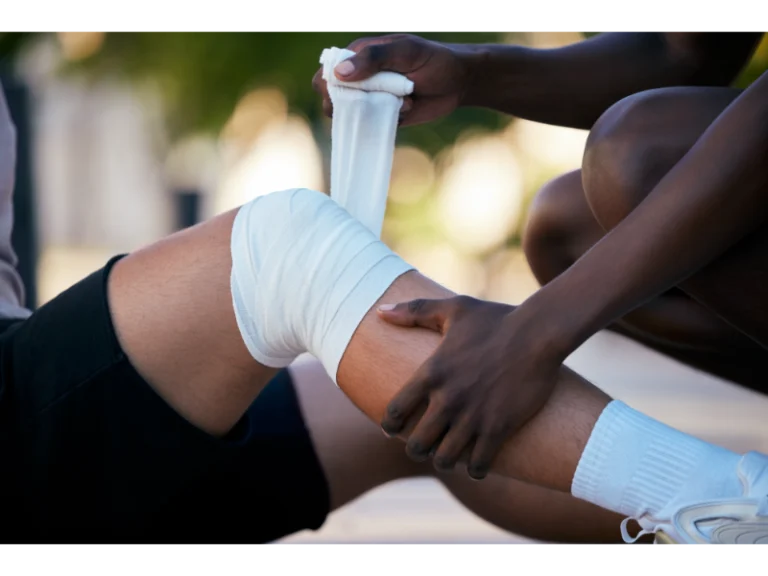









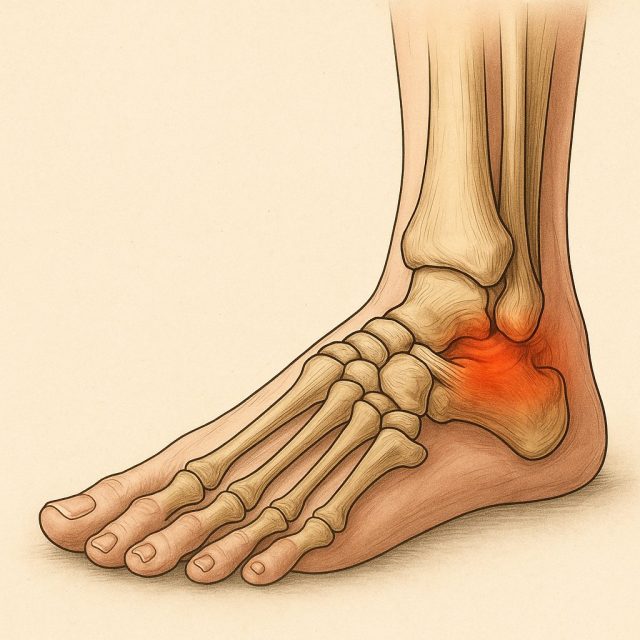

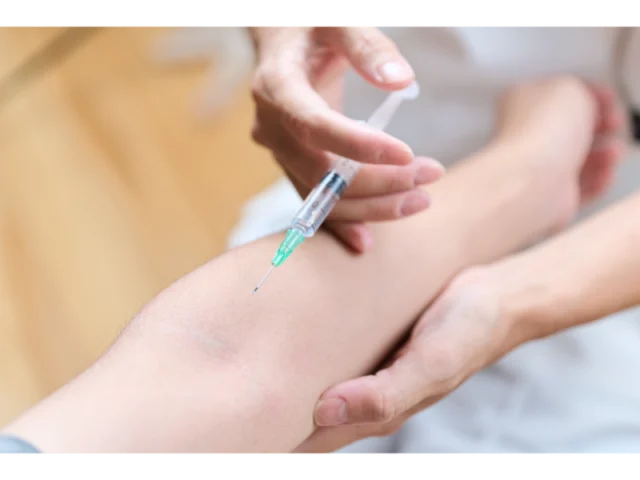
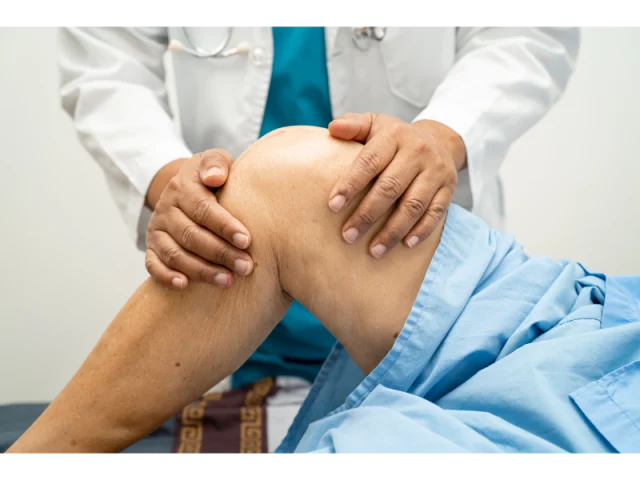
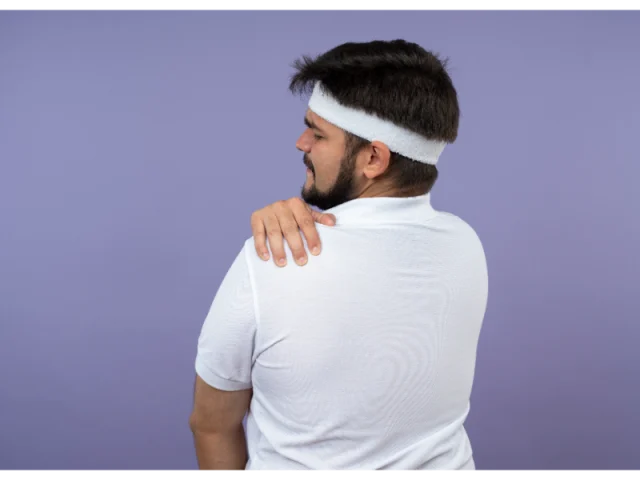







 Youtube Videolarım
Youtube Videolarım


